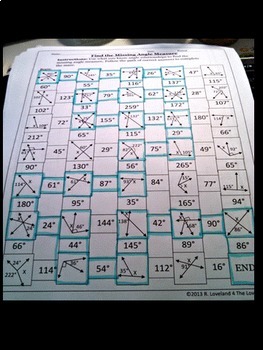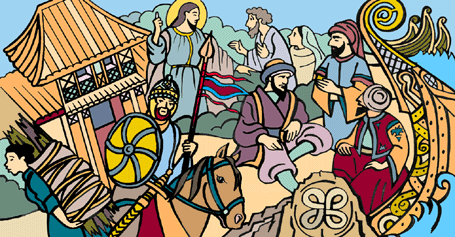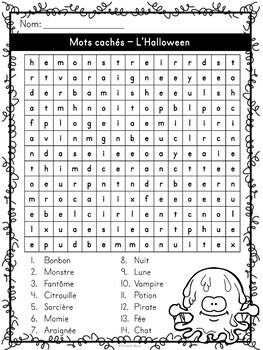In the United States education system, social studies is the integrated study of multiple fields of social science and the humanities, including history, geography, and political science. The term was first coined by American educators around the turn of the twentieth century as a catch-all for these subjects, as well as others which did not fit into the traditional models of lower education in the United States, such as philosophy and psychology.[1]
In 1912, the Bureau of Education (not to be confused with its successor agency, the United States Department of Education) was tasked by then Secretary of the InteriorFranklin Knight Lane with completely restructuring the American education system for the twentieth century. In response, the Bureau of Education, together with the National Education Association, created the Commission on the Reorganization of Secondary Education. The Commission was made up of 16 committees (a 17th was established two years later, in 1916), each one tasked with the reform of a specific aspect of the American Education system. Notable among these was the Committee on Social Studies, which was created to consolidate and standardize various subjects which did not fit within normal school curricula into a new subject, to be called 'the social studies.'[2]
IXL Social studies. On IXL, history is more than facts and dates! Learners dive deeper by evaluating primary sources and drawing connections between historical events and the world today. Second grade See all 56 skills. Our K-8 science curriculum is designed for NGSS, integrating the three dimensions in student learning. Our K-12 social studies curriculum provides educators in all 50 states the resources to confidently teach history and social studies concepts centering on essential questions with customizable assessments. Start studying Unit 3 Social Studies grade 8. Learn vocabulary, terms, and more with flashcards, games, and other study tools. Grade 8 Social Studies: Lear-Long Overview To be producve members of society, students must be crical consumers of informaon they read, hear, and observe and communicate effecvely about their ideas. If you are familiar with the Manitoba curriculum for grade 8 social studies, you'll know that it's focus is on history from the beginning of time up until the mid 1800's. There will be multiple opportunities to compare and contrast the societies and civilizations of the past to.
Bulletin No. 28[edit]
In 1920, the work done by the Committee on Social Studies culminated in the publication and release of Bulletin No. 28 (also called 'The Committee on Social Studies Report, 1916').[2] The 66-page bulletin, published and distributed by the U.S. Bureau of Education, is believed to be the first written work dedicated entirely to the subject. It was designed to introduce the concept to American educators and serve as a guide for the creation of nationwide curricula based around social studies. The bulletin proposed many ideas which were considered radical at the time, and it is regarded by many educators as one the most controversial educational resources of the early twentieth century.[1][3]

In the years after its release, the bulletin received criticism from educators on its vagueness, especially in regards to the definition of Social Studies itself.[1] Critics often point to Section 1 of the report, which vaguely defines Social Studies as 'understood to be those whose subject matter relates directly to the organization and development of human society, and to man as a member of social groups.'[2]

References[edit]

- ^ abcDavid Warren Saxe. 'On the Alleged Demise of Social Studies: The Eclectic Curriculum in times of Standardization—A Historical Sketch'(PDF). Eric.ed.gov. Retrieved January 20, 2018.
- ^ abc'The Social Studies in Secondary Education: A Six-Year Program Adapted Both to the 6-3-3 and the 8-4 Plans of Organization. Report of the Committee on Social Studies of the Commission on the Reorganization of Secondary Education of the National Education Association. Bulletin, 1916, No. 28'(PDF). Committee on Social Studies. Bureau of Education. January 1, 1916. Retrieved January 20, 2018.
- ^Nelson, Murray R. (August 23, 1988). 'The Social Contexts of the Committee on Social Studies Report of 1916'(PDF). National Education Association. Institute of Education Resources. Retrieved January 20, 2018.
External links[edit]

Social Studies Chapter 8 Test

Social Studies 8 Grade Teks
